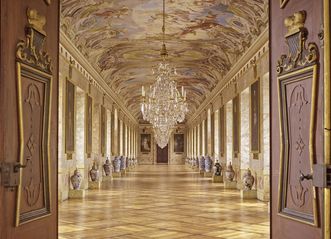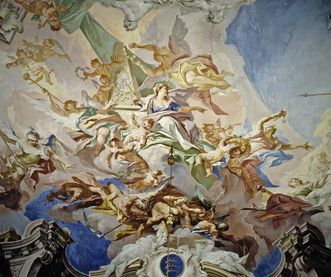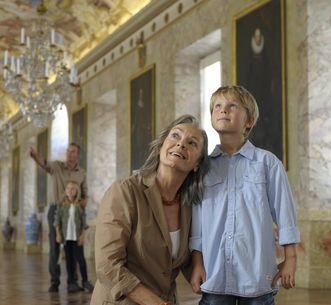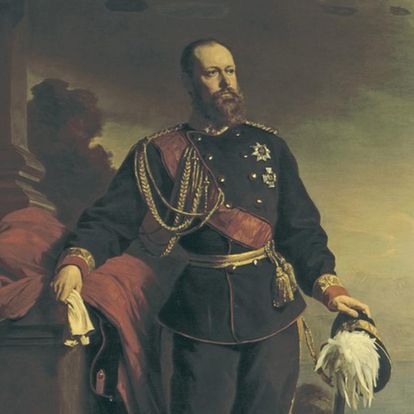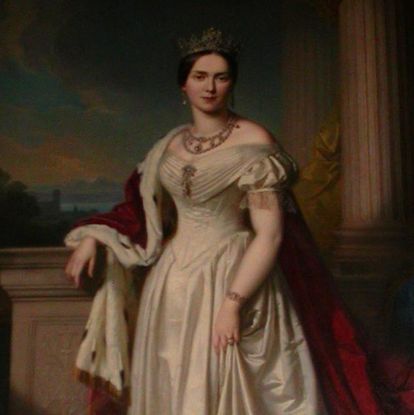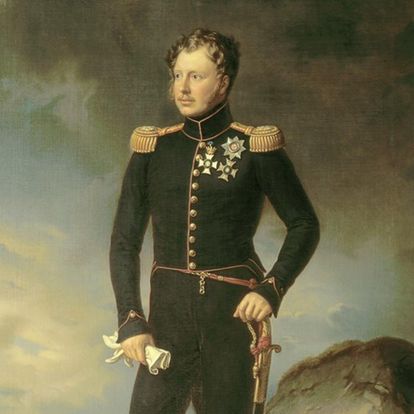Representative hall richly decorated with paintings
The ancestral portrait gallery and the painting gallery were both constructed beginning in 1729 and designed as connecting structures between the older parts of the palace and the new central building. Instead of the originally planned simple, white-walled corridor, Duke Eberhard Ludwig decided on grand decor with stucco work and the largest and most lavish ceiling frescoes in the entire palace.



![[Translate to Englisch:] [Translate to Englisch:]](/fileadmin/_processed_/7/a/csm_24_ludwigsburg_rsl_innen_LMZ332703_foto-ssg-steffen-hauswirth_1997_ad6b3c7801.jpg)
